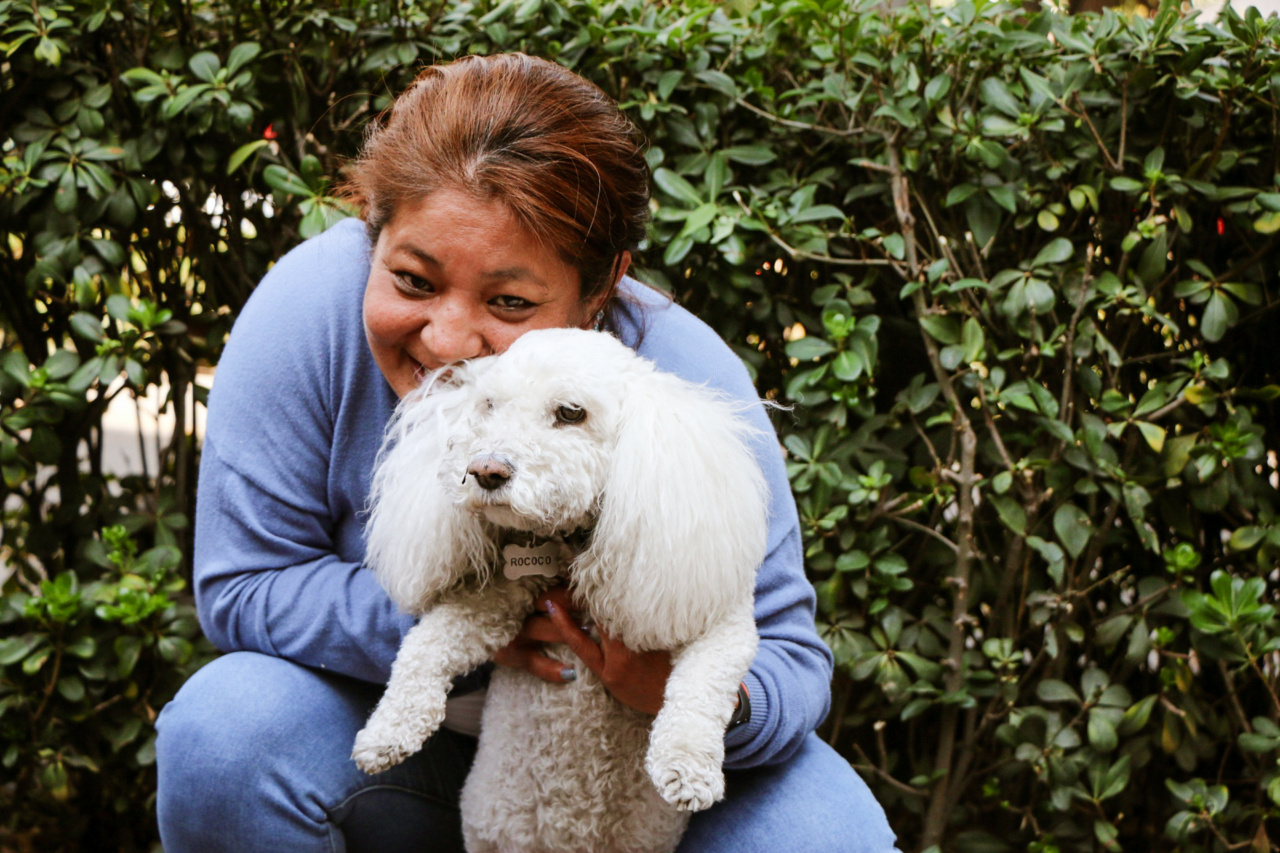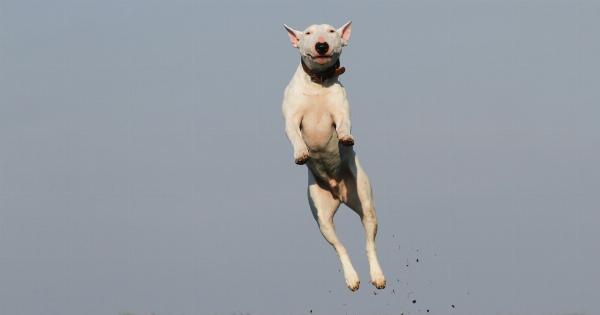Bringing a new furry friend home can be an exciting and joyful experience for dog owners. However, if you already have a dog, you may wonder how this addition will impact your current canine companion.
Introducing a new dog into your household can majorly impact your current dog’s daily routines, behavior, and overall happiness. It is crucial to consider various factors and take appropriate steps to ensure a smooth transition and a harmonious coexistence between your current dog and the new addition.
Understanding Your Current Dog’s Personality and Needs
Before bringing another dog into your home, it’s important to assess your current dog’s personality and needs. Every dog is unique and may react differently to a new canine companion.
Some canines are highly sociable and may be thrilled to have a new playmate, while others may perceive the newcomer as a threat to their territory and attention.
Consider your dog’s age, breed, size, temperament, and past experiences with other dogs. For example, if your dog has not been properly socialized with other dogs in the past, introducing a new dog may require extra caution and patience.
Choosing the Right Companion for Your Current Dog
When selecting a new dog to bring into your household, it’s essential to consider compatible personalities and factors that will complement your current dog’s needs.
Choosing a dog that shares similar energy levels and play styles will increase the chances of a successful interaction between your dogs.
If you have a small dog, opting for another small dog or a calm and gentle larger breed might be a wise choice.
Conversely, if you have an active and energetic dog, selecting a playful and high-energy companion can help them tire each other out and prevent boredom.
Introducing the New Dog to Your Current Dog
The introduction between your current dog and the new dog should be done gradually and carefully to reduce the chances of conflict and distress. Here are some steps to follow when introducing the new dog:.
1. Neutral Territory
Choose a neutral location, such as a park, for the first meeting. This helps to avoid territorial issues and allows both dogs to feel more relaxed.
2. Controlled On-Leash Introduction
Have both dogs on a leash during the initial meeting. Allow them to briefly sniff each other and observe their body language. Keep the leashes loose to avoid tension and anxiety.
3. Positive Reinforcement
Use treats, praise, and petting to reward calm and friendly behavior from both dogs. Create a positive association with each other’s presence through positive reinforcement techniques.
4. Gradual Introduction to the Home
Once the dogs have shown positive reactions during the initial meeting, you can gradually introduce them to your home. Start with short and supervised visits, gradually extending the time they spend together.
5. Separate Spaces
Initially, it’s crucial to provide separate spaces for each dog to retreat to. This ensures that both dogs have their own safe areas and can take breaks from each other whenever needed.
6. Supervised Interactions
Supervise all interactions between the dogs, especially during the first few weeks. Keep a close eye on their body language and intervene if any signs of aggression or discomfort arise.
7. Maintaining Routine and Individual Attention
While introducing a new dog, it’s important to maintain your current dog’s routine and ensure they still receive individual attention. This helps minimize jealousy and ensures your existing dog feels secure and loved.
Signs of Stress or Conflict
During the introduction and initial period, it’s crucial to monitor your dogs’ behavior for signs of stress or conflict. Some common signs include:.
1. Aggression
Growling, snapping, or showing teeth.
2. Fear or Withdrawal
Excessive hiding, cowering, or avoiding interaction.
3. Excessive Barking
Prolonged or intense barking towards the new dog.
4. Resource Guarding
Your current dog becoming possessive over toys, food, or other resources.
Addressing Challenges and Seeking Professional Help
If you encounter any challenges during the integration process, it’s important to seek professional help.
A certified dog trainer or behaviorist can assist in assessing the situation and providing guidance tailored to your specific dogs’ needs.
Remember, not all dogs will become best friends, and some may simply tolerate each other’s presence. It’s crucial to respect their individual boundaries and ensure their overall well-being.
Conclusion
Introducing a new dog into your household can significantly impact your current dog’s life.
By carefully considering your current dog’s personality and needs, choosing the right companion, and following a gradual introduction process, you can increase the chances of a successful and harmonious coexistence. Patience, understanding, and proper training are key to ensuring a positive and enriching experience for both your current and new furry friend.






























